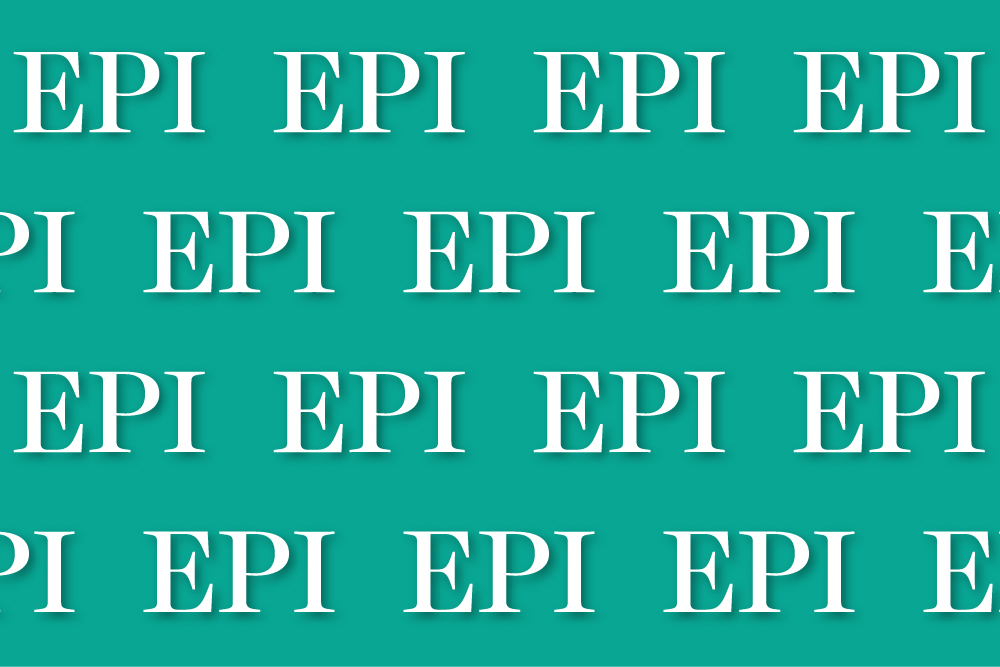Cutting Costs and Boosting Growth
Introduction
Americans are finally experiencing the consequences of two decades of fiscal mismanagement in Washington. The federal government ran a $2 trillion deficit last year despite record-low unemployment, which exacerbated inflation and put upward pressure on interest rates following the COVID-19 pandemic. Annual interest payments on the national debt are now higher as a percent of gross domestic product (GDP) than any other point in American history and are crowding out critical public investments in our future.
Unfortunately, the current leaders of both parties have made pledges that make it virtually impossible to solve the problem. President Biden has pledged not to cut Social Security or Medicare — the largest and fastest-growing federal spending programs — and ruled out raising taxes on 98 percent of Americans to help pay for them. Donald Trump is even worse: he’s campaigning to worsen the deficit by extending and expanding the unaffordable tax cuts he enacted in 2017. The Progressive Policy Institute (PPI) strongly urges whoever wins to rethink their shortsighted campaign promises.
The next president and Congress will confront several action-forcing events that pressure them to reshape fiscal policy, the first of which is the return of the federal debt limit early next year. When Congress last suspended the debt limit, it dangerously waited until after the original default date estimated by Treasury. And instead of tackling the structural drivers of our debt, lawmakers cut discretionary spending — the shrinking budget category that now only accounts for roughly a quarter of federal spending and funds critical public investments in education, infrastructure, and scientific research.
PPI supports replacing the current debt limit with mechanisms to promote deficit reduction without threatening a catastrophic default, such as those proposed in the Responsible Budgeting Act. We also urge policymakers to draw upon ideas in our Blueprint for Cutting Costs and Boosting Growth, which demonstrates that fiscal responsibility and robust public investment are complementary rather than contradictory priorities. Our blueprint would boost public investment and balance the budget within 20 years of being enacted. Although PPI does not believe actually balancing the budget is necessary, putting it on that path would restore fiscal democracy and give future policymakers the flexibility to address unforeseen needs.
Below are three recommendations from our plan that can be applied during other upcoming fiscal deadlines:
Top Three
Policy
Recommendations
1. Replace TCJA with Real Pro-Growth Tax Reform
The 2017 Tax Cuts and Jobs Act (TCJA) took positive steps towards making the tax code simpler and more internationally competitive. Unfortunately, Republicans prioritized cutting taxes for the rich over adequately funding our government. With deficits and interest payments reaching unprecedented heights, public investments falling to historic lows, and the costs of an aging society mounting, lawmakers must use TCJA’s expiration to raise revenue rather than expand unaffordable tax cuts.
PPI’s blueprint proposes making permanent TCJA’s changes to personal exemptions and standard deductions that dramatically reduced how many households itemize their taxes. We would further curtail costly and increasingly regressive tax breaks, including the state and local tax deduction, the mortgage interest deduction, and more. PPI would also make individual income tax rates more progressive, with new brackets for individuals making $1 million and $10 million. While TCJA cut the estate tax to allow heirs to inherit up to $26 million from their parents tax-free, we would replace it with a progressive inheritance tax so earned income is taxed at a lower rate than the windfall someone receives simply for being born to wealthy parents.
On the business side, PPI would raise the corporate income tax rate from 21 percent to 25 percent to make up for the corporate tax revenue TCJA lost. We would make the tax code more pro-growth by replacing deductions for interest with a full-expensing regime so businesses can fully deduct investment spending the year in which it occurs, which would encourage investment rather than subsidizing debt. We also urge policymakers to cut regressive, discriminatory, and inflationary tariffs while reforming international taxation to prevent other countries from collecting taxes that U.S. companies should be paying to our government instead.
Beyond TCJA, PPI proposes ambitious reforms to replace the regressive, anti-work payroll tax with more-progressive consumption taxes that encourage savings and investment. These include a 15 percent value-added tax — widely recognized by economists as one of the most efficient taxes — and a border-adjusted carbon tax to speed the clean-energy transition. To protect lower-income households from these changes, we propose transforming the Earned Income Tax Credit into a more generous Living Wage Tax Credit.
2. Revitalize Public Investment
The next Congress must decide whether to continue the Fiscal Responsibility Act’s discretionary spending caps. PPI believes spending on public investments in education, infrastructure, and scientific research should grow with GDP to ensure a consistent share of resources are devoted to pro-growth spending. Meanwhile, other nondefense discretionary spending should grow with population plus inflation. We believe the baseline defense spending trajectory should be maintained, but that cutting waste can free up resources to better support our allies defending democracy from adversaries including Russia and China.
PPI calls for fully funding strategic public investments including those in the CHIPS and Science Act to promote U.S. leadership in new technologies such as artificial intelligence. However, we believe our government should not just spend more, but spend smarter. PPI would repeal Buy America provisions (except those essential for national security) and other restrictions that prevent taxpayers from getting the most bang for their buck. We support permitting reforms and financial incentives to spur new housing construction, and we propose replacing the outdated gas tax with a vehicle-miles-traveled tax that adequately funds America’s infrastructure.
Policymakers should also fulfill many of President Biden’s incomplete Build Back Better objectives, but in a better-targeted and fiscally sustainable way. Our framework provides paid-leave benefits for new parents, expands the Child Tax Credit to help families afford infant care, and makes preschool universal for three- and four-year-olds. We also propose reforming income-driven repayment of student loans and repealing regressive education-related tax breaks. These savings should be used to expand funding for Pell grants, career-technical education in high schools, and four million new apprenticeships annually. Our approach provides better non-college pathways to well-paying jobs while cutting the cost of college for those who pursue it.
3. Modernize Retirement and Health Programs
Conclusion
PPI's Blueprint for Cutting Costs and Boosting Growth offers a visionary center-left framework for correcting our nation’s fiscal trajectory, restoring fiscal freedom, and revitalizing public investments that promote prosperity. We know that this blueprint is unlikely to be adopted in its entirety at a time when neither party prioritizes fiscal restraint. Democrats will object to entitlement cuts, while Republicans will bristle at new revenue. But adopting even half of our recommended savings would be enough to stabilize the debt, making PPI’s blueprint a strong menu of options for policymakers to choose from when addressing upcoming fiscal deadlines.
Explore other plans
American Enterprise Institute
The AEI proposal narrows the fiscal imbalance, limits the size of government, and adopts a more growth-friendly tax code while also retaining support for the elderly and less fortunate.
Economic Policy Institute
EPI’s budget plan prioritizes maintaining social insurance and income support programs as well as the vital public investment efforts begun in recent years to accelerate decarbonization.
Manhattan Institute
Manhattan Institute’s proposal would stabilize the long-term debt at around 100 percent of GDP through 2040 through a combination of reforming social security, healthcare entitlements and raising revenues responsibly.



